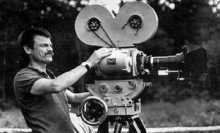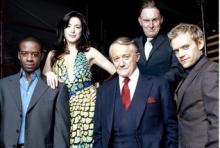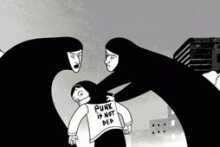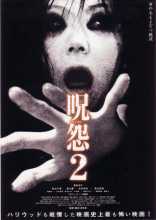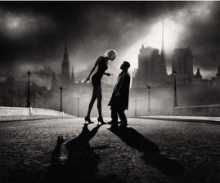Bollywood goes Hollywood
We've seen foreign adaptations of Western novels and movies. Some of them like Satte Pe Satta (heavily inspired by Seven Brides for Seven Brothers) actually do a good job crossing that cultural border. Then there are the misses, those creative renditions that just make you cringe and laugh ... at the same time. So what's on the list?
1. Someone grab the Kryptonite
Hmm, I always thought Superman and Spiderman should hook-up. But not in the sense implied by this video. This is an song from an 1980s movie called Dariya Dil. Don't judge their popularity by these awkward – and embarrassing – dance moves since, their heyday, the stars of this song were pretty famous. All I can say is, I wish the director had sat down and thought through the idea before making this song. The aerobics-inspired dance steps, the horrible boots and half-hearted Spiderman costume. Maybe they rented the costumes from a fancy dress shop and couldn't find the matching boots?
Click here to watch the clip
2. He looks way too happy in those pants
It was inevitable, someone had to do it. Yes, an ambitious director convinced an action star to try the Indian version of a famous Hollywood song. Well, in this case I would have set my sights a bit lower than Michael Jackson's Thriller. For the record, there are very few people who can dish out fancy footed moves like the King of Pop. So calling on an action star, who incidentally looks like he will be more at home toting a gun, is kind of sad. It's definitely not something I would write up for my CV. The only one who will look semi-decent trying out these steps would be Prabhu Deva. By the way, is it me or does it look like the poor guy tried a Saturday Night Fever move?
Click here to watch the clip
3. Give the man a decent wig please
It took me a while to stop laughing so I could jot down this paragraph. In the two examples given above, I could always write it off as bad direction or bad judgment. But how in the world can someone come up with this video and not know that it looks laugh-out-loud bad? Don't they have well-meaning family members who could take them aside and give them an honest review of this song? I mean, I am willing to give some leeway to the fact that you might want your hero to dress up as a fantasy hero. Fair enough. But what's with the Orko look-alike? And is that the street-smart Teela draping herself over He-man? Might I add that no self-respecting skeleton can jiggle their bodies like that and still retain street-cred.
Click here to watch the clip
4. I want my money back for this one
Alright, so maybe you are a fan of the Beatles but it's a bit weird when you dress up as one. For your gig. And then emulate their moves. I was going to say that the owners of the club probably wanted something more original but then again I could be wrong. Maybe he wanted the real thing and they charged way too much? And he was hoping (Ha!) no one would notice the fakes? My own personal view is that these guys are a decoy to take eyes off the really bad dance moves – and I am using the words rather liberally here – of the main actor.
Click here to watch the clip
I am pretty sure I missed a few classic adaptations. Can anyone think of any more? Wasn't there a Mithun version of James Bond? Or was that Jeetandra?
